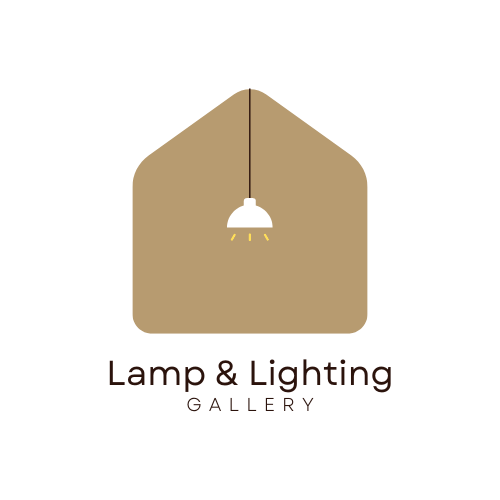Garden lights enhance the beauty and functionality of outdoor spaces, but they can also contribute to light pollution if not properly managed. Light pollution negatively impacts the environment, wildlife, and human health. This article provides detailed strategies to manage and reduce light pollution in your garden, ensuring a more sustainable and enjoyable outdoor space.
Understanding Light Pollution
Types of Light Pollution
- Glare: Excessive brightness causing visual discomfort and reducing visibility.
- Skyglow: The brightening of the night sky over populated areas, obscuring the stars.
- Light Trespass: Unwanted or intrusive light spilling into areas where it is not needed or wanted.
- Clutter: Excessive grouping of lights creating confusion and bright spots.
Effects of Light Pollution
- Disruption of Wildlife: Artificial lighting can interfere with the natural behaviors of nocturnal animals, such as feeding and mating cycles.
- Negative Impact on Human Health: Exposure to artificial light at night can disrupt circadian rhythms, leading to sleep disorders and other health issues.
- Obstruction of Astronomical Observations: Light pollution makes it difficult for astronomers and stargazers to see celestial objects clearly.
Assessing Your Garden Lighting
Identify Problem Areas
Conduct a nighttime inspection of your garden to identify sources of excessive light. Pay attention to areas where light spills over into unwanted areas or creates glare.
Evaluate Current Lighting
Check the wattage and placement of existing lights. Determine if any lights are unnecessarily bright or poorly positioned, contributing to light pollution.
Strategies to Reduce Light Pollution
Use Proper Lighting Techniques
- Directional Lighting: Aim lights downward to focus illumination where it is needed and avoid skyglow. Downward-facing fixtures help to reduce light spill and direct the light more efficiently.
- Shielded Fixtures: Use fixtures with shields to prevent light from spreading horizontally or upward. This helps contain the light within the intended area, reducing light trespass
Implement Controls and Timers
- Motion Sensors: Install motion sensors to ensure lights are only on when needed. This reduces unnecessary lighting and conserves energy.
- Timers: Set timers to turn off lights automatically during late-night hours, preventing lights from being on when they are not needed.
- Dimmers: Use dimmers to adjust light levels according to needs and reduce brightness. This allows for more control over the intensity of the lighting.
Choose Appropriate Light Sources
- LED Lights: Opt for LED lights that are energy-efficient and have lower brightness levels. LEDs are available in various intensities and color temperatures, making them a versatile option for reducing light pollution.
- Warm Color Temperatures: Select lights with warm color temperatures (below 3000K) to minimize blue light emissions, which contribute to skyglow. Warm light is less likely to disrupt wildlife and human circadian rhythms.
Designing a Low-Light Pollution Garden
Strategic Placement of Lights
Place lights close to the ground to limit their reach and prevent light trespass. Use pathway lights, step lights, and low-level spotlights to provide necessary illumination without excessive brightness.
Natural Barriers and Landscaping
Use hedges, trees, and shrubs to block and absorb excess light. Designing garden layouts that incorporate natural barriers can help contain light within desired areas and reduce light pollution.
Smart Technology Integration
Incorporate smart lighting systems that can be controlled remotely to adjust brightness and timing. Smart bulbs that can change color and intensity based on the time of day and activity are excellent tools for managing light pollution.
Community Efforts and Education
Raise Awareness
Educate neighbors and community members about the importance of reducing light pollution. Share tips and strategies for effective outdoor lighting to encourage wider adoption of good practices.
Collaborative Actions
Encourage community-wide initiatives to adopt better lighting practices. Participate in events like International Dark Sky Week to promote dark skies and responsible lighting.
Managing and reducing light pollution in your garden is essential for maintaining a sustainable and enjoyable outdoor environment. By choosing appropriate lighting techniques, implementing controls and timers, and strategically placing lights, you can significantly reduce light pollution. Additionally, engaging with your community to raise awareness and promote responsible lighting practices can help ensure a collective effort towards preserving the natural night sky.
